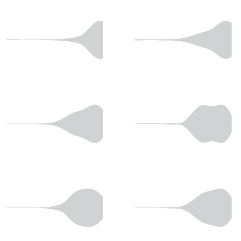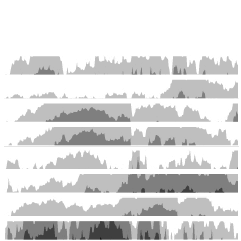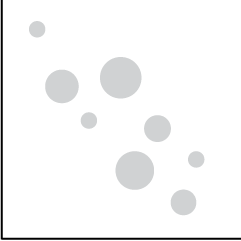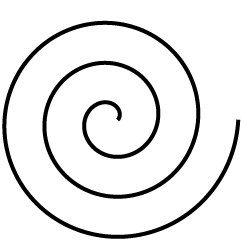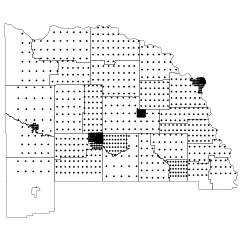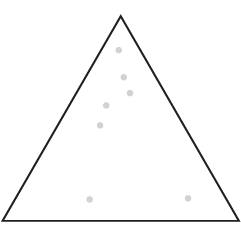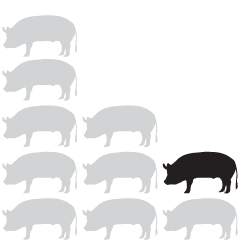Recap of the graphics used. The streaming enhanced version was struggling for me the other night, so I had to go with the non-chartified version.
Links
-
Link
Displaying Data in the State of the Union →
-
Link
Unfolding →
Processing/Java library to create thematic maps and geovisualizations [via]
-
Link
Beginner’s Guide to Building a Map Server →
custom maps are all the rage these days
-
Link
Data Hub →
Another potential open data source, by CKAN
-
Link
The “Mad Men” Years Are Giving Way to the “Math Men” Era →
“Advertising is based on one thing: Happiness.” [via]
-
Link
Google open-sources Sky Map →
collaborating with Carnegie Mellon University for further development via student projects
-
Link
When you should use a logarithmic scale →
to handle large counts and look at percent changes
-
Link
The State of Information Visualization →
a look back at the new developments last year and what to look forward to
-
Link
How citizen mapmakers are changing the story of our lives →
“The map user has now become the map creator.”
-
Link
Golan Levin at Eyeo →
gestural interfaces and information visualization together
-
Link
Data Swims Upstream →
one of my favorite data visualization firms, Periscopic, interviewed for Print Magazine on their work and process
-
Link
Recursive Google Image search →
starts with a transparent PNG, to the universe, and beyond, and then back again
-
Link
D3 Path Transitions →
moving time series, plus smooth scrolling
-
Link
What is Data Science? →
detailed article on the budding field
-
Link
Introduction to Probability →
Lecture videos and materials for Statistics 110, offered at Harvard, on iTunes U for free
-
Link
Stamen Projects 2011 →
One of the best in the business look back at all of last year’s map work
-
Link
Teaching stat as though it were math →
Ranty post on why stat isn’t math
-
Link
R jumps from 25 to 19 →
and statisticians rejoiced, although never satisfied until R is at the top
-
Link
Where the 0.05% Live →
Inverse population density
-
Link
Empowering Citizen Cartographers →
“Today, in the Age of Participation, it’s crowds, not scholars, who are charting their own New World.”

 Visualize This: The FlowingData Guide to Design, Visualization, and Statistics (2nd Edition)
Visualize This: The FlowingData Guide to Design, Visualization, and Statistics (2nd Edition)


